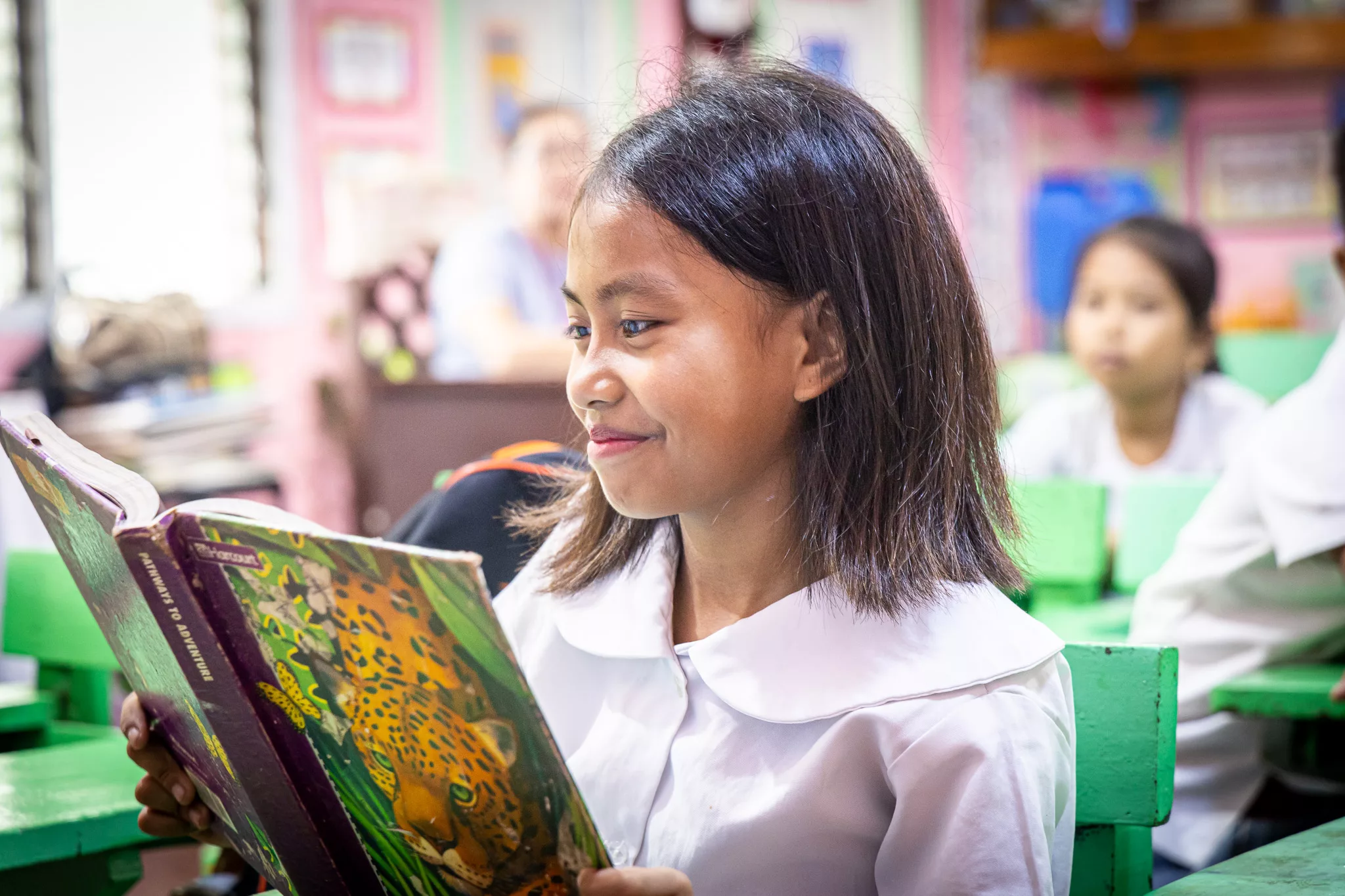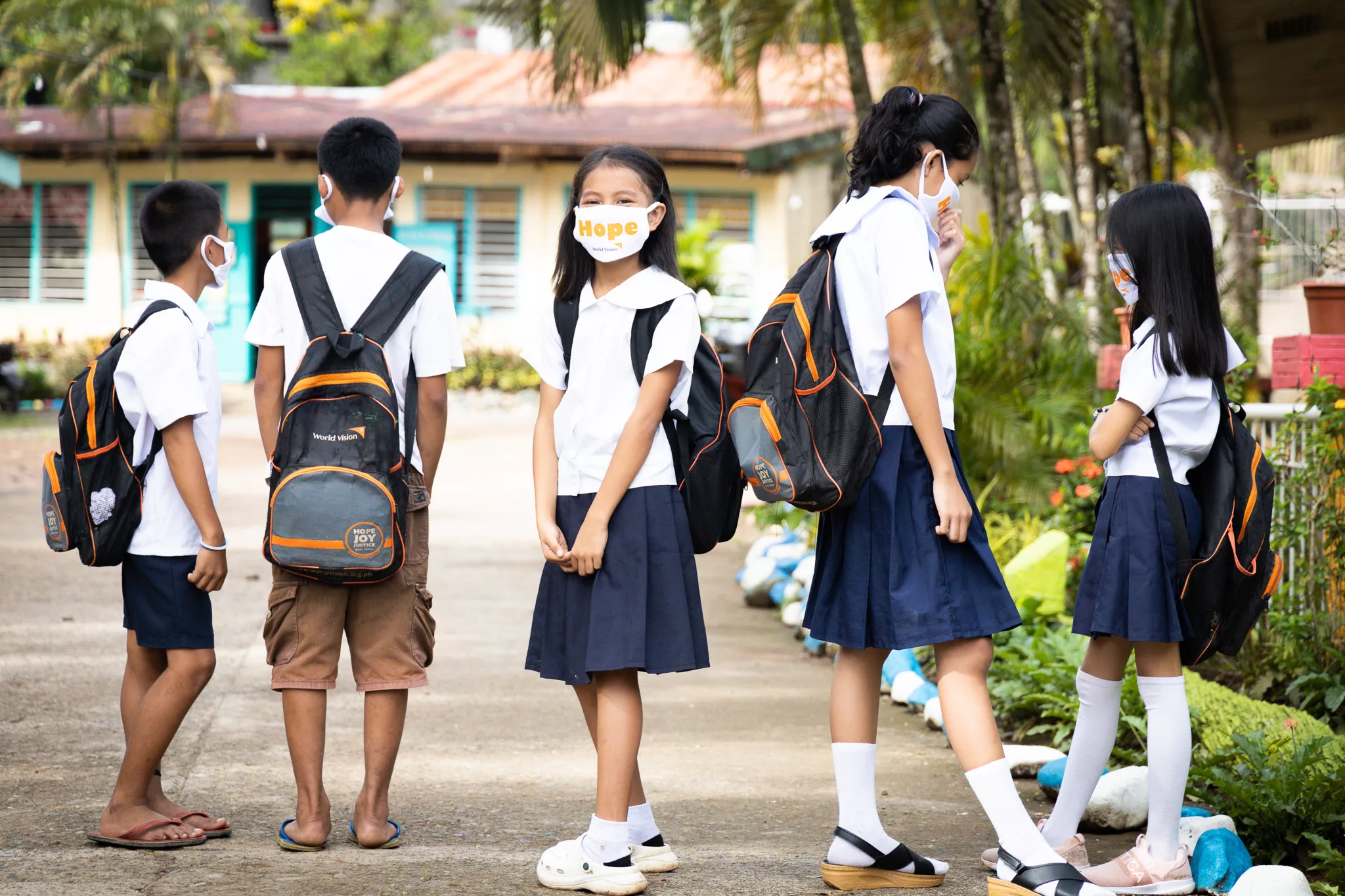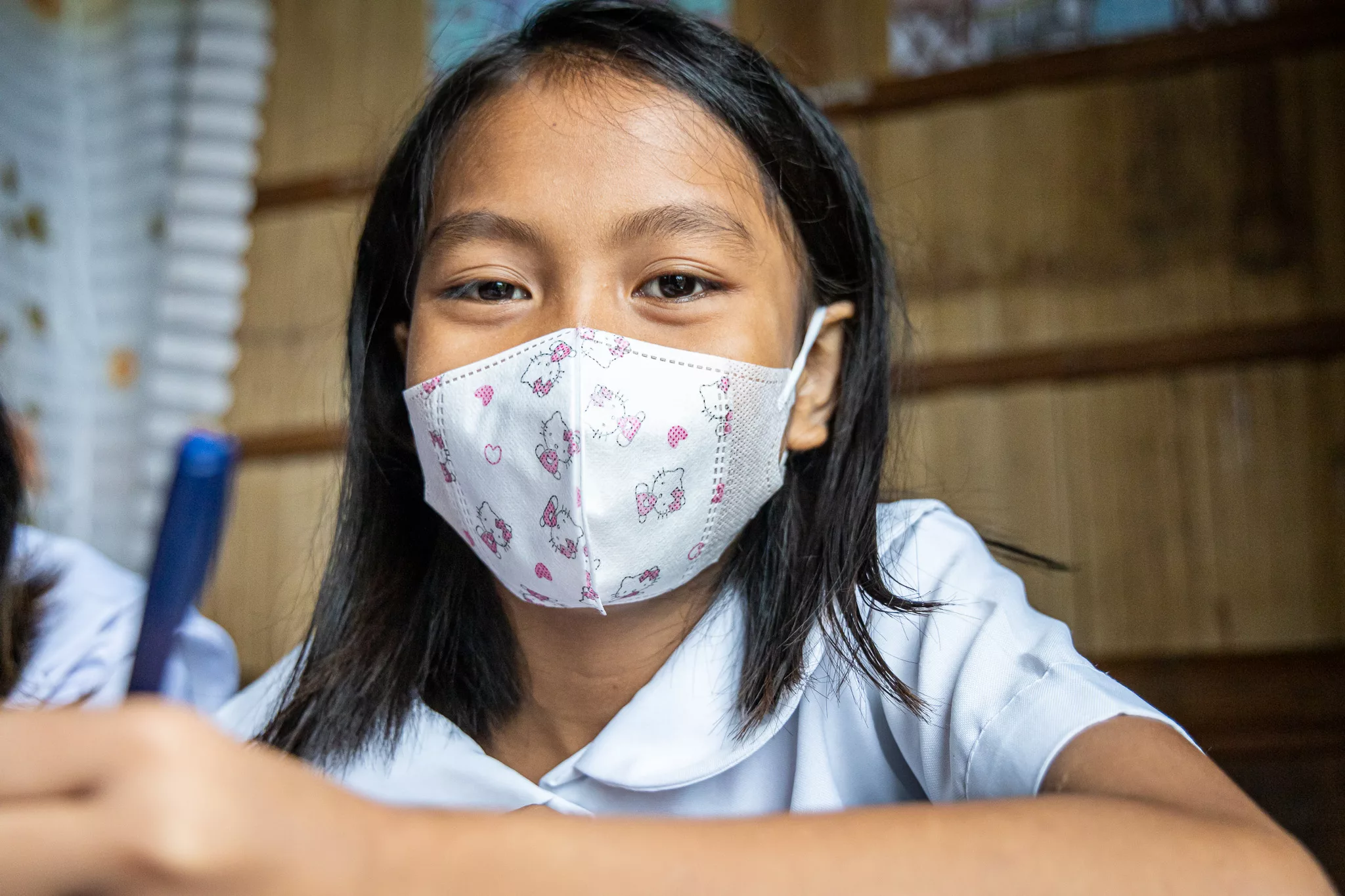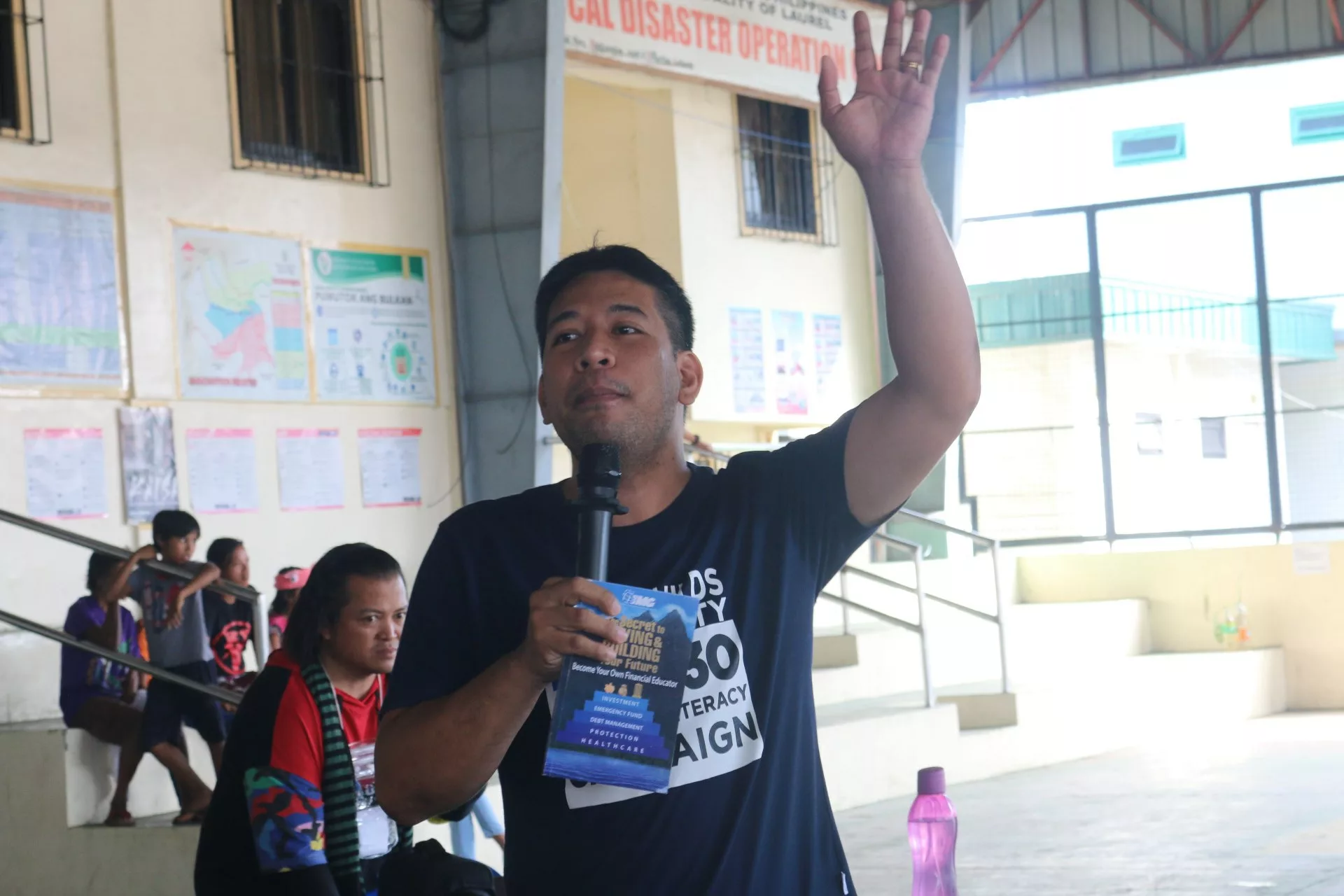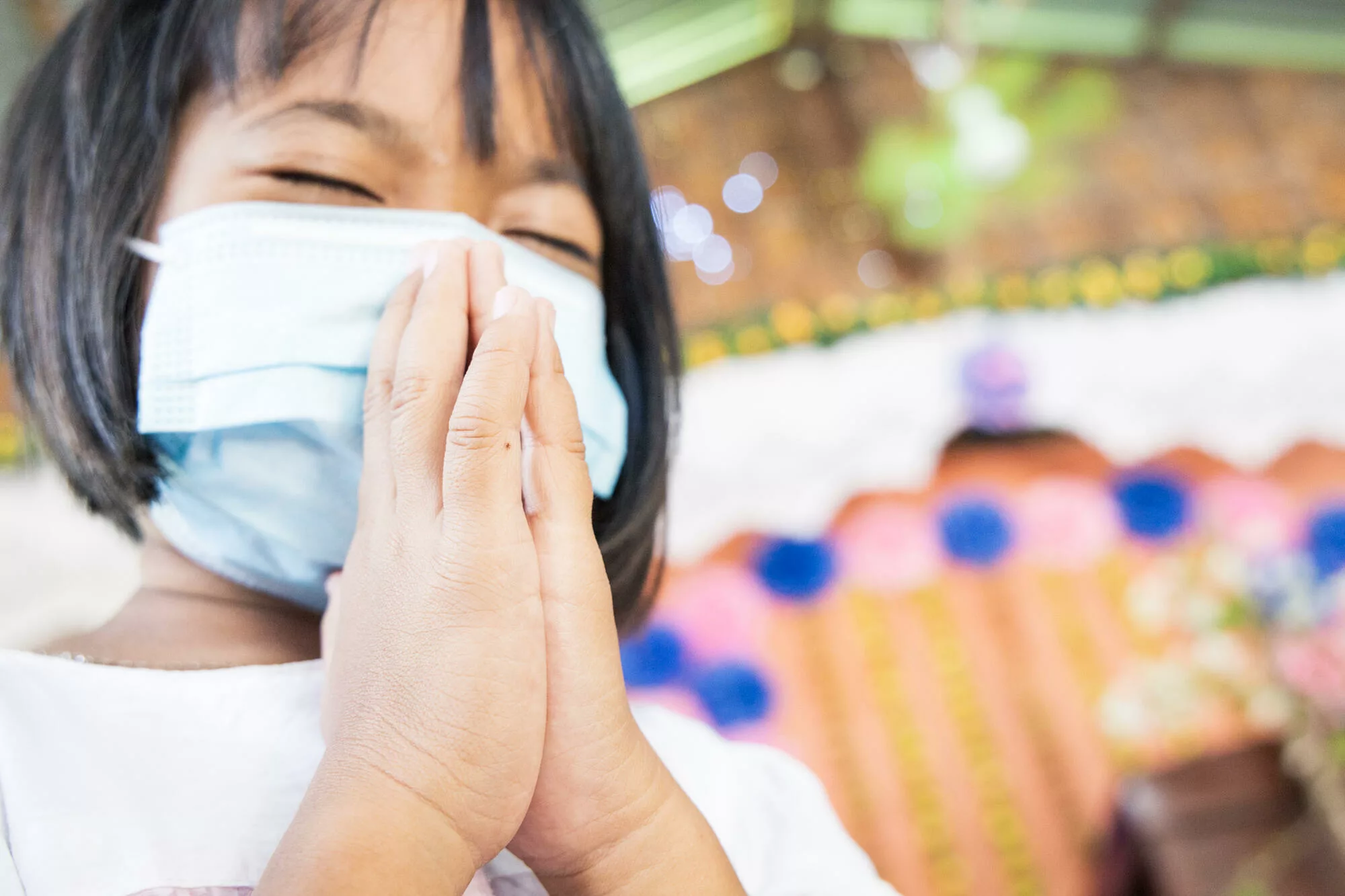Staff blog: The communicator’s story
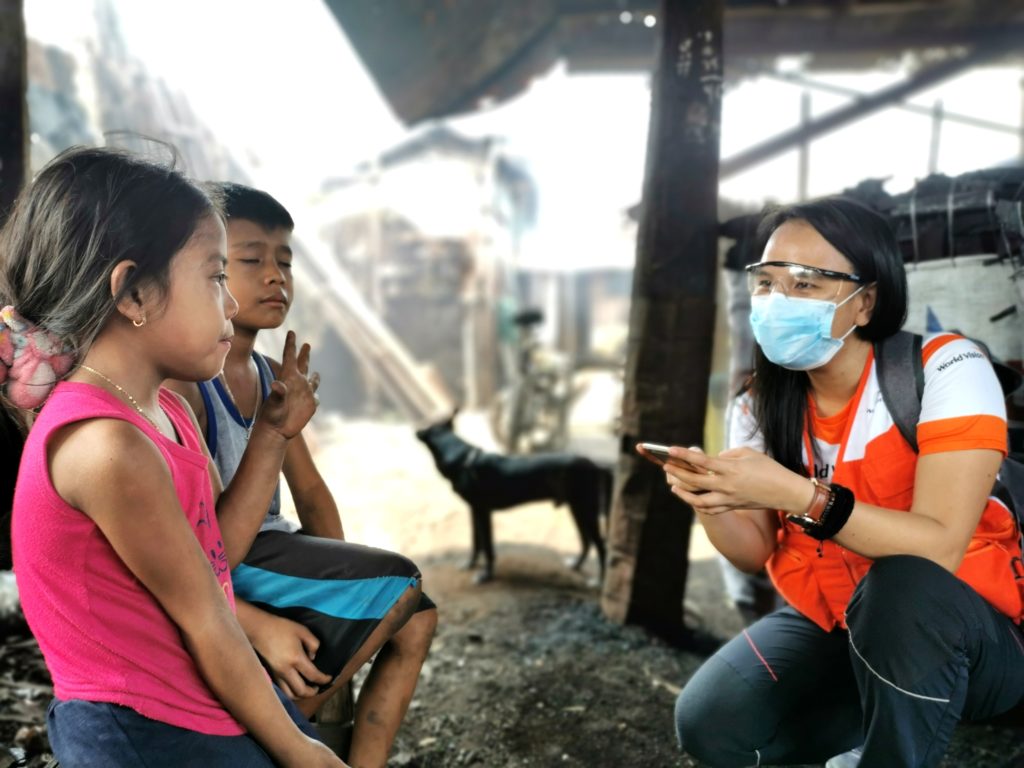
COVID-19 is the fourth humanitarian response that World Vision in the Philippines launched in the last seven months. We’ve had typhoon, earthquake, volcanic eruption, and now this health crisis. Aside from these four, we also have our on-going armed conflict response in Marawi.
Was it easy to say yes to each of them? Definitely not, especially for this pandemic.
The first wave of WV’s response was focused on supporting health systems and frontliners. I remember the first day that we went out to check the isolation tents provided to hospitals. There were only three of us allowed to go out in beginning – Jao, who is in-charge of distribution activities,Randolf, the quiet yet effective logistics expert who also had to drive for us because of limited manpower. Then there’s me, the girl whose response vest pockets always burst with microphone, power bank, consent forms, and all the essentials a communicator could never go without.
Armed with our protective goggles and masks,we went inside the car, smiling, cracking jokes at each other to ease the fear. It’s a war, the silent kind, and we were on our way to the battlefield.
It’s been more than two months since that day.We are still on a roll and I thank God for the courage to soldier on.Those days of seeing first hand the situation of frontliners, the children and their families helped me better plan our risk communications strategy, ensuring that people, even those in the far-flung areas are reached by life-saving information. World Vision has reached over 3 million people using different channels and I honour my colleagues who have been working behind the scene – from our media point persons to our creatives team and our volunteers on the ground.
It’s also been two months of absorbing the pains of parents who were rendered jobless by this pandemic, of having a glimpse into the heart of children whenever I photograph them, of celebrating with the team when people come together and respond to our call for help.
I won’t forget the shy but genuine smiles of siblings Ric and Irish while delivering fresh vegetables and sanitation kits – items that their parents could barely afford because of disrupted livelihood. I pray for them. With school disruption, these children are stuck at home with increased exposure to the risk posed by the charcoal industry in their community.
The unending thank you of 30-year old Jessica because of WV’s cash-based project also got me. She’s almost my age but she’s already been through a lot. She lost her source of income and said she’s never felt more helpless and frustrated. Her eldest has attention deficit/hyperactivity disorder (ADHD), her second child is malnourished and her youngest is only 5-month old. Jessica is one of the over 14 million single mothers in the country.
I also had the privilege to talk to frontliners, those in the hospitals and those in the villages.Each of them expressed their fears but responded to the call nonetheless. I think that’s one thing frontliners can relate to. We have the option to say no to the call, but, we choose to go because that’s part of who we are.
I’ve learned a lot, too, about being more resourceful in doing things as a humanitarian communicator. With all the restrictions when I’m in the community, I give myself maximum of 30 minutes to get things done.What comes next after the short interaction with the families are hours of phone calls as I delve deeper into their stories.Everyday, I challenge myself to tell their stories well, to advocate for them and echo their thoughts not just in the contents I produce but also when we do response planning.
A communicator, I learned over the years, is also a strong influencer, a decision-maker strategically placed in the response team to help keep everyone grounded. Our contents are the faces and voices of the many people, who, during emergencies, can become just statistics.
I know we still have a long way to go. Two months into this response and with the restlessness from the previous disasters, I can already feel the physical and emotional exhaustion. I content myself with video calls with my family who are miles away from me. Just like in all the other humanitarian responses I’ve been to, I assure my parents that I will come home soon.
I also think of the families who are still reeling from the four disasters I mentioned. Crisis within a crisis is the last thing they want to be confronted with, but here it is, silently coming for them. More than ever, we need to stand for the vulnerable, for the children whose future largely depends on how we, as a global community, respond to this pandemic.
I know we will get through this.And I will be on standby, like how I have always been, with my World Vision vest, my camera, pen, my fears and my hopes, ready to share the story of how we have overcome.
Written by Joy Maluyo / June 10, 2020



